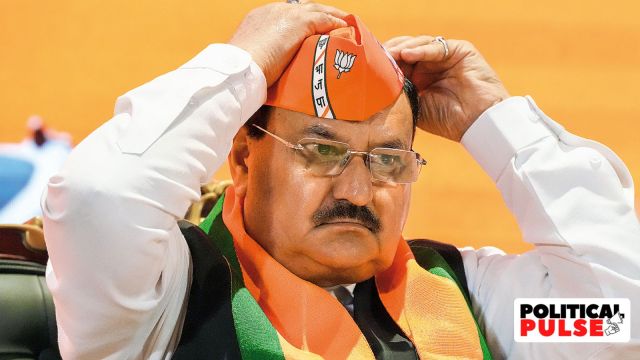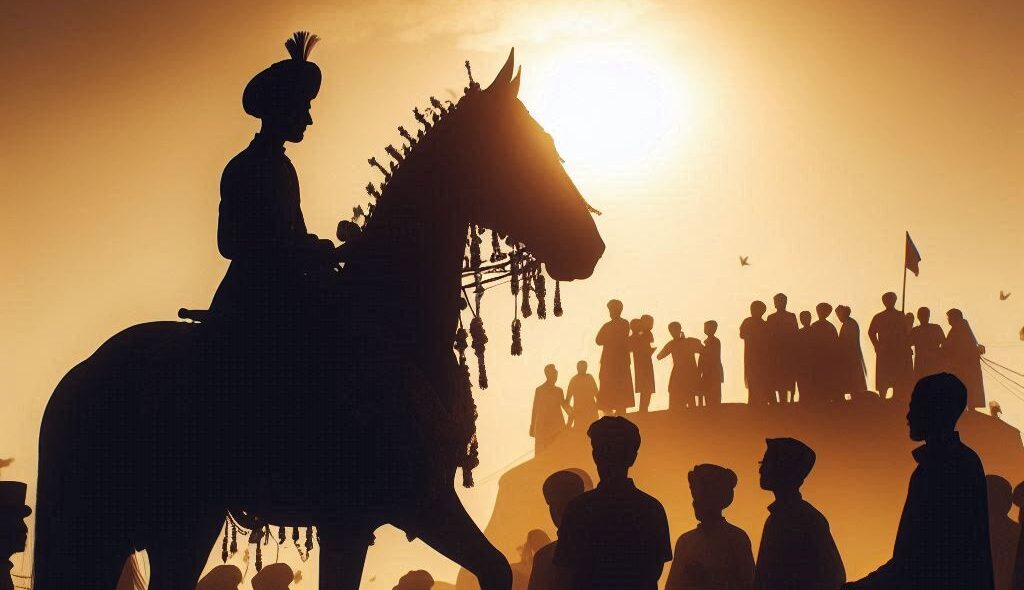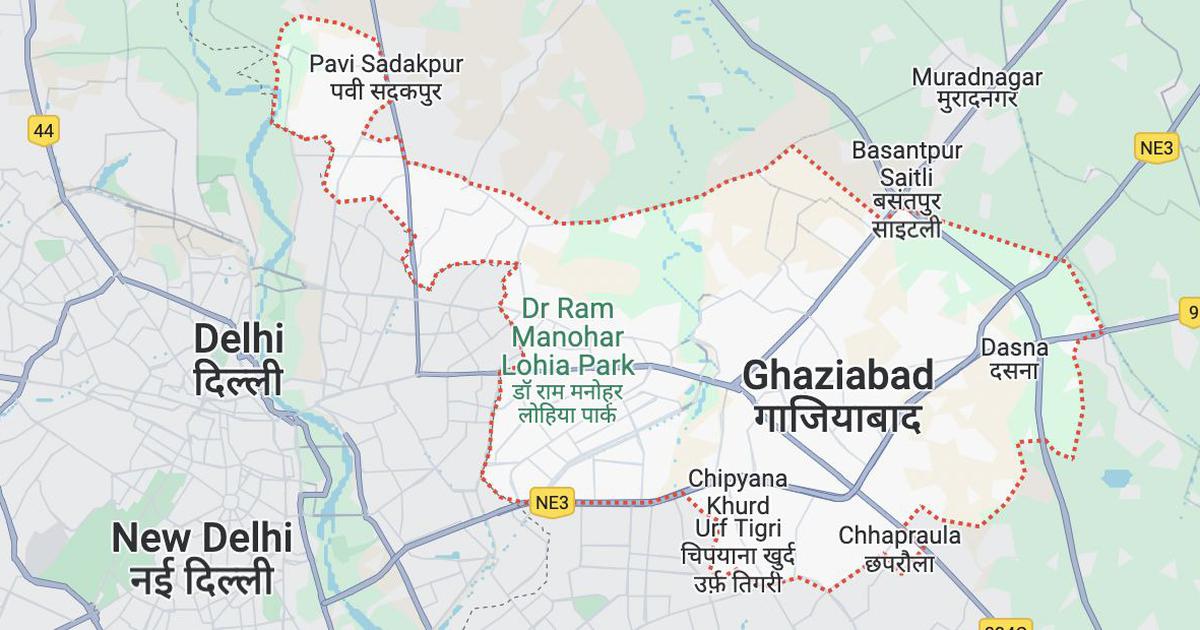
By Furqan Qamar / National Heraldindia
Claims around Akhand Bharat on the World Wide Web suggest that some groups are keen to realise this idea within the next 10-15 years from now, while astrologers on the Web are more circumspect, asserting that Akhand Bharat might come about in the next 20-25 years.
The world wide web is strewn with materials claiming that the ‘the idea of Akhand Bharat is as old as the ‘civilisation’ spread over the modern-day Afghanistan, Pakistan, India, Nepal, Burma, Tibet, Bhutan, and Bangladesh. The idea gained momentum with the Hindu nationalists since 1924 and was promoted publicly from 1937. The idea was based on the ‘ultimate vision of a perfectly organised ‘State of Society’ wherein each individual was to be moulded into an ideal Hindu manhood’ .
The clamour for Akhand Bharat has recently been joined by the Hindu Mahasabha, Rashtriya Swayamsewak Sangh (RSS), Vishwa Hindu Parishad (VHP), Shiv Sena, Hindu Sena, and Hindu Jana Jagriti Samiti speaking in tandem. The RSS Chief has in fact set a deadline to realise the idea within the next 15 years. Though the roadmap for accomplishing this objective has not been delineated publicly, the broad strategy has become quite explicit. The RSS chief is reported to have said that nobody can stop India’s march forward. “Those trying to impede the country’s march forward will either move away or be removed from the scene”, he has been quoted in the media as saying.
Geography: The pre-Partition map of India included present day Pakistan and Bangladesh as parts of British India and thus defines the broad borders of Akhand Bharat. The babble for Akhand Bharat, based on dharma (religion) linked to the Hindutva and Shuddhi invariably includes Nepal, Bhutan and Myanmar as well. More often than not, the Akhand Bharat os said to comprise India, Pakistan, Bangladesh, Afghanistan, Nepal, Tibet, Bhutan and Sri Lanka. Some, in fact, go on to suggest that whole of South and South-East Asia, having been once integral to Pracheen Bharat, could be included in Akhand Bharat.
Although the Tibetan government in exile operates from India, Tibet has been declared as an autonomous region of China. Would China or the other countries being eyed be willing to cede territory based on good will? But who knows? Favourable constellations of stars, as astrologists are now predicting, may create conditions that become conducive for such a radical transformation.
Akhand Bharat may, thus, consist of at least nine independent sovereign nations i.e. India, Pakistan, Bangladesh, Bhutan, Afghanistan, Nepal, Myanmar, Sri Lanka and Maldives.
Contours of Akhand Bharat: Based on available data, Akhand Bharat shall cover an area of 7.13 million square kilometre and will have a population of 1.89 billion and a population density of 265 per Sq.Km. In economic terms, the nominal GDP of the unified entity would add up to US $ 4.166 Trillion with the per capita income of US $ 2,204.
The area of the unified entity would more than double from the present 3.29 million Sq.Km to 7.13 million Sq.Km. The population density, however, would decline from 415 to 265 person per Sq.Km.
Akhand Bharat shall have a population of 1.89 Billion as compared to 1.35 billion at the present (make allowance for an increase over the next 10-20 years). Economically speaking, the nominal GDP of Akhand Bharat would average US$ 4.138 Trillion as compared to India’s present US $ 3.250 Trillion. The per capita income would, however, decline from the present US$ 2,313 to US$ 2,204. Obviously, it may not make a good proposition.

Breaking down of boundaries can however lead to drastic reduction in defence spending, with reduction in threat to territorial integrity feared from countries that are now getting unified. It may, however, take time to reap this benefit as trust and confidence building may take a long time.
Further, open borders invariably bring substantial gains in terms of trade and movement of human resources and talents as well.
Comparison with major economies In terms of area, the unified entity shall become the third largest geography, next only to the Russian Federation (17.098 million Sq.Km) and China (9.60 million Sq.Km.). Population wise, the unified entity shall be the largest leaving china behind by a huge margin. Decline in the population density to 265 would make the unified entity the third most densely populated geography. Economically, Akhand Bharat, with a cumulative GDP of US$ 4.138 Trillion, shall be reckoned as the third largest economy of the world next only to USA ($24.8 Trillion) and China (18.46 Trillion).

In terms of per capita income, it would, however remain far behind with US$ 2,204 as compared to the USA (US$ 74,725), EU (US$ 40,995), China (US$ 12,990), and Russian Federation (US$ 11,654).
Religious composition: Presently, Hindus, in the sense in which they are presently understood, account for 107.94 crores in India. In Akhand Bharat, their number will increase to 112.38 Crores. At the same time, the population of Muslims and Christians shall swell to 60.34 and 4.17 crores respectively compared to only 19.2 and 3.1 Cores in present day India.
Hindus in Akhand Bharat shall constitute 59.45 percent as compared to 79.8 percent at present. In contrast, the share of Muslims would more than double to become 31.93 percent compared to 14.2 percent at present. The share of Christians would, however, see a marginal decline from 2.3 percent at present to 2.2 percent, though Buddhists would grow to 4.22 percent as compared to the present 0.95 percent.
Feasible or a pipe dream: Proponents of Akhand Bharat claim that these nations would voluntarily come together as integral part of Akhand Bharat. But would they be willing to lose their identity?
Some might argue that when seven of these countries cannot work together in a loose federation of the South Asian Association for Regional Cooperation (SAARC), how would it be possible for 10 of them to agree to merge into a single entity and still live in peace and harmony?
Some wonder if the proponents, avid votaries of Hindutva, realise that in Akhand Bharat, the Muslim Population would swell to a third of the population and at least five states would have Muslim chief ministers.
While sovereign nations are expected to be averse to merge their identity in Akhand Bharat, the potential social, cultural and economic gains might make them come together as United States of South Asia (USSA). But will this nomenclature or a loose federation appeal to the champions of Akhand Bharat?
This article first appeared on nationalheraldindia.com






